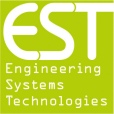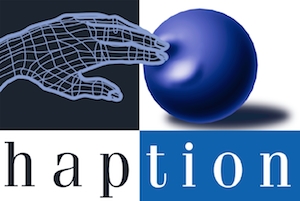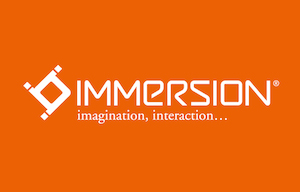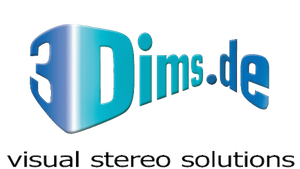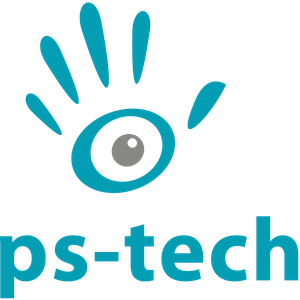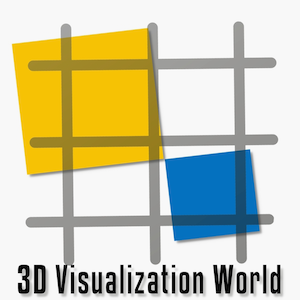Keynotes
Prof. Dr. Anthony Steed
UNIVERSITY COLLEGE LONDON
BEAMING between Virtual and Reality: Studies in Asymmetric Telepresence
Beaming is the process of virtual teleporting to a destination. Based (loosely) on the idea from Star Trek, our aim is to transport a visitor using a high-end virtual reality system, into a real destination environment. We want the visitor to both be able to understand the destination, but also to appear within the destination, so that people in that destination can understand and interact with the person.
In the BEAMING project, we have investigated a range of solutions to technically achieve Beaming, including novel displays, robotic systems and scene reconstruction. In this talk, I will present research challenges that have arisen from experience of prototype Beaming systems. These will range from technical challenges, to open questions about how new virtual reality and robotic systems can transform our experience of interacting with remote people.
Anthony Steed professor in the Virtual Environments and Computer Graphics group in the Department of Computer Science, University College London. He is currently head of the group. His research area is in real-time interactive virtual environments, with particular interest in mixed-reality systems, large-scale models and collaboration between immersive facilities. The group runs a CAVE-like facility.
He is currently deputy head of department. He was director of the Engineering Doctorate Centre in Virtual Environment, Imaging and Visualisation from 2005- 2013. Previously, he was responsible for external relations for the department and remains active in a number of technology transfer iniatives. He also consults to a small number of companies in areas related to graphics or new media. He is the CTO and founder of Animal Systems (ASIO Ltd), creators of Chirp.
He has co-authored two books. Networked Graphics by himself and Manuel Oliveira was published in 2010. Mel Slater, Yiorgos Chrysanthou and he wrote a book on Computer Graphics and Virtual Environments: From Realism to Real-Time
Prof. Dr. Naotaka Fujii
RIKEN BRAIN SCIENCE INSTITUTE
What is Substitutional Reality (SR) system?
Virtual reality (VR) and augmented reality (AR) have been developed for enhancing our workspace that were often referred in movies such as Matrix and Inception, however, these technologies didn’t succeed to provide feeling of reality. There was a significant gap between the reality and the virtual environment that was similar to “the uncanny valley” in humanoid robotics.
VR and AR have been trying to make the virtual environment close to the reality as much as possible by improving visual specs. But our novel system, substitutional reality (SR) system took the opposite approach that allows smooth transition from the reality to the virtual reality by maintaining the feeling of the reality. We can switch the reality and the virtual reality back and force without the user noticing the reality manipulation. Subjectively, SR works as a time machine that can transport us in time and space.
Although SR is a completely novel experience platform that accommodates any kinds of digital contents; movies, music, art and performance, the system is costly. To make the system available for everyone, we developed minimal head mounted display, Hacosco that incorporates smart phone. Hacosco is less than $10 that can provide immersive experience comparable to high-end HMDs.
SR technology with Hacosco will enhance our cognition regarding time and space that may evolve nature of human being.
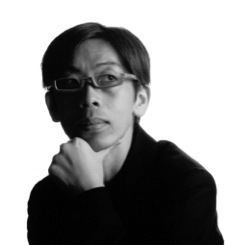
Prof. Dr. Indira Thouvenin
UNIVERSITE DE TECHNOLOGIE DE COMPIEGNE
Lessons learnt from the invisible part of virtual reality
The last years innovations in VR are the visible parts of an iceberg built with computer vision, robotics, computer graphics, simulation, cognitive sciences, etc.
What is under the iceberg ? Where is the future of VR ? Between industry and research laboratories, the evolution of human being will face this invisible part.

Then she worked on Computer Graphics and Virtual Reality at the Institut Image ENSAM (Cluny). She joined the UTC on 2001 and is now focusing her research on Informed Virtual Environments, exploring a new concept of interactive experiences in virtual worlds. This concept is based on the Enaction paradigm, inspired by cognitive sciences. Knowledge based models and sensori motor interfaces provide powerful and innovative models to design virtual environments.
Indira is also considering objectivation of gesture in Virtual Informed Environments with the technical evolution of 3D interaction interfaces such as the Kinect. She develops bridges between knowledge engineering, virtual reality and cognitive sciences to create new forms of representations and rich perceptions environments in virtual worlds. Her teaching activity at the UTC is an initiation and an open workshop to experiment this scientific field. She encourages her students to create new models, tools and applications linking a high level of technology and augmented human experience with these systems.
Industrial applications in training, designing and manufacturing products with Informed Virtual Environments give her a strong platform to collaborate with companies. This activity is closely related to the UTC tradition of innovation and technology transfert. She is chairwoman of AFRV administration board and part of scientific committees in Virtual Reality international conferences.










